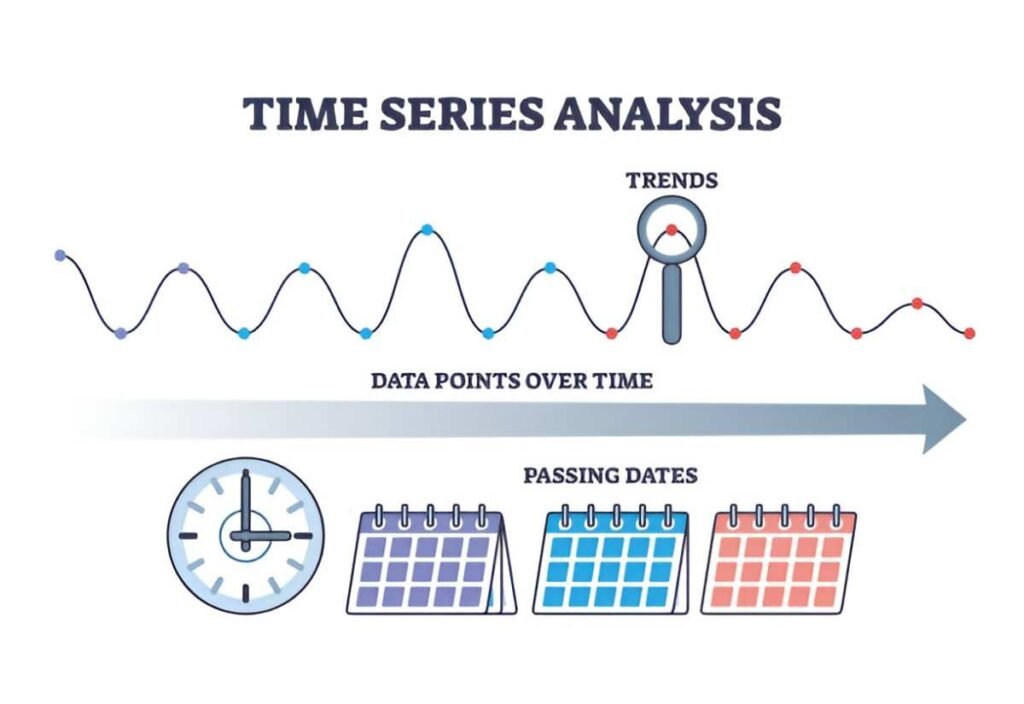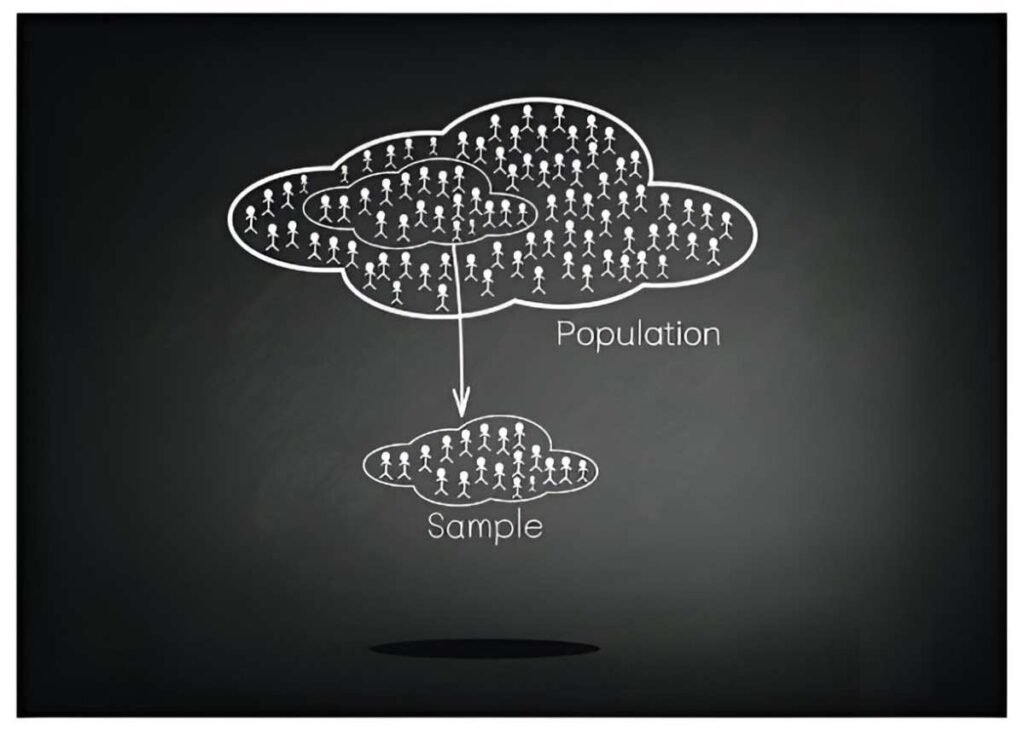Productivity variance is a key concept in managerial accounting and cost control. It helps businesses measure efficiency by comparing actual labor or machine output to expected performance. In this guide, I break down productivity variance in simple terms, explain its calculation, and explore real-world applications.
Table of Contents
What Is Productivity Variance?
Productivity variance measures the difference between actual output and expected output based on standard costs. It tells us whether a company is using its labor, materials, or machinery efficiently. A favorable variance means higher productivity than expected, while an unfavorable variance indicates inefficiency.
Why Does Productivity Variance Matter?
Businesses need to track productivity variance to:
- Identify inefficiencies in labor or production.
- Adjust budgets and forecasts.
- Improve operational decision-making.
- Benchmark performance against industry standards.
Types of Productivity Variance
There are two main types of productivity variance:
- Labor Efficiency Variance – Measures how efficiently workers complete tasks.
- Machine Efficiency Variance – Assesses how well machinery performs compared to expectations.
Labor Efficiency Variance
Labor efficiency variance (LEV) compares actual labor hours used to the standard hours expected for a given output. The formula is:
LEV = (Actual Hours - Standard Hours) \times Standard RateExample Calculation
Suppose a factory expects workers to assemble 100 units in 50 hours (standard hours). The standard labor rate is $20/hour. If workers take 60 hours, the variance is:
LEV = (60 - 50) \times 20 = \$200 (Unfavorable)This means the company spent $200 more than planned due to inefficiency.
Machine Efficiency Variance
Machine efficiency variance (MEV) evaluates how well machines perform compared to standard expectations. The formula is:
MEV = (Actual Machine Hours - Standard Machine Hours) \times Standard Machine RateExample Calculation
A production line expects to make 500 widgets in 100 machine hours at a rate of $30/hour. If the actual time taken is 120 hours, the variance is:
MEV = (120 - 100) \times 30 = \$600 (Unfavorable)This shows the machines were less productive than anticipated, costing $600 extra.
Factors Affecting Productivity Variance
Several factors can cause productivity variance, including:
| Factor | Impact |
|---|---|
| Worker Skill Level | Untrained workers slow production. |
| Machine Downtime | Maintenance delays reduce output. |
| Material Quality | Poor materials increase processing time. |
| Work Environment | Fatigue and poor lighting lower efficiency. |
How to Analyze Productivity Variance
To understand productivity variance, I follow these steps:
- Identify the Variance – Compare actual vs. standard performance.
- Determine the Cause – Investigate labor, machines, or external factors.
- Take Corrective Action – Adjust training, maintenance, or processes.
Case Study: Manufacturing Plant
A US-based auto parts manufacturer noticed an unfavorable labor variance. Upon analysis, they found:
- New hires lacked proper training.
- Older machines required frequent repairs.
After implementing a training program and upgrading equipment, productivity improved by 15%.
Productivity Variance vs. Other Variances
People often confuse productivity variance with cost or material variance. Here’s how they differ:
| Variance Type | Measures | Formula |
|---|---|---|
| Productivity (Efficiency) | Labor/machine hours used | (Actual Hours - Standard Hours) \times Standard Rate |
| Cost (Spending) | Wage/machine rate differences | (Actual Rate - Standard Rate) \times Actual Hours |
| Material Usage | Raw material efficiency | (Actual Quantity - Standard Quantity) \times Standard Price |
Improving Productivity Variance
To reduce unfavorable variances, businesses can:
- Train Employees Better – Skilled workers complete tasks faster.
- Upgrade Equipment – Modern machines reduce downtime.
- Optimize Workflows – Lean manufacturing cuts waste.
Real-World Example: Amazon’s Warehouses
Amazon uses robotics and AI to minimize productivity variance. Automated systems track worker efficiency in real time, adjusting workflows to maintain peak productivity.
Common Mistakes in Productivity Variance Analysis
- Ignoring External Factors – Economic shifts or supply chain issues can skew results.
- Overlooking Small Variances – Even minor inefficiencies add up over time.
- Failing to Update Standards – Outdated benchmarks lead to misleading variances.
Final Thoughts
Productivity variance is a powerful tool for cost control. By measuring efficiency gaps, businesses can make data-driven improvements. Whether you’re in manufacturing, retail, or services, understanding this concept helps optimize performance.





